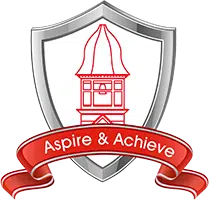We all know the adage that weighing the pig does not make it fatter… and so it seems do Ofsted:
“Schools choosing to use more than two or three data collection points a year should have clear reasoning for what interpretations and actions are informed by the frequency of collection”.
Anecdotally, as I visit schools up and down the country, it is clear that many are moving to a 3 times a year data drop model rather than half-termly, and now that straw poll has been backed up with some data.TeacherTapp have been surveying their users on how frequently they are asked to provide data on pupils to the SLT for the last 3 years. Their graph shows a clear move from half-termly to termly:It should be noted that this graph includes both primary and secondary settings, however TeacherTapp point out that if they just consider primary teachers who responded in all three years then the half-termly percentages have dropped from 54% to 30%.Certainly, for some schools I visit, the reduction in the number of data drops has been balanced by a renewed emphasis on on-going, formative, assessment. As long as teachers are given the tools and skills to do this efficiently and it is embedded into their planning and assessment cycle then that can only benefit pupils.Though I agree that less data drops, analysed rigorously, is of equal, if not more, benefit than more frequent attainment judgements I think that some additional baseline assessments are also beneficial. I am thinking in particular of entry to foundation stage and Key Stage 1. Given the disconnect between the foundation stage and Key Stage 1 curriculums, a year 1, Autumn 1 baseline against National Curriculum expectations allows progress to be tracked from entry.Similarly, an assessment on entry to foundation stage will allow progress to be shown. A bonus is that many tracking systems will allow an ‘assessment conversion’ type report which will show what pupils have attained (for instance) at the end of Key Stage 1 broken down by where they were on entry to Reception.Finally, ensure you are making full use of your data drops. Slice the data in as many ways as you need to in order to track your key groups. Use the data to:
- Inform pupil progress meetings
- Identify target groups
- Share with governors and other stakeholders
- Provide more context/background to IDSR
- Check consistency across the school
Less data drops, but of high quality and used effectively, will not only reduce teacher workload but will also help give leaders the confidence they know about pupil attainment and progress.









